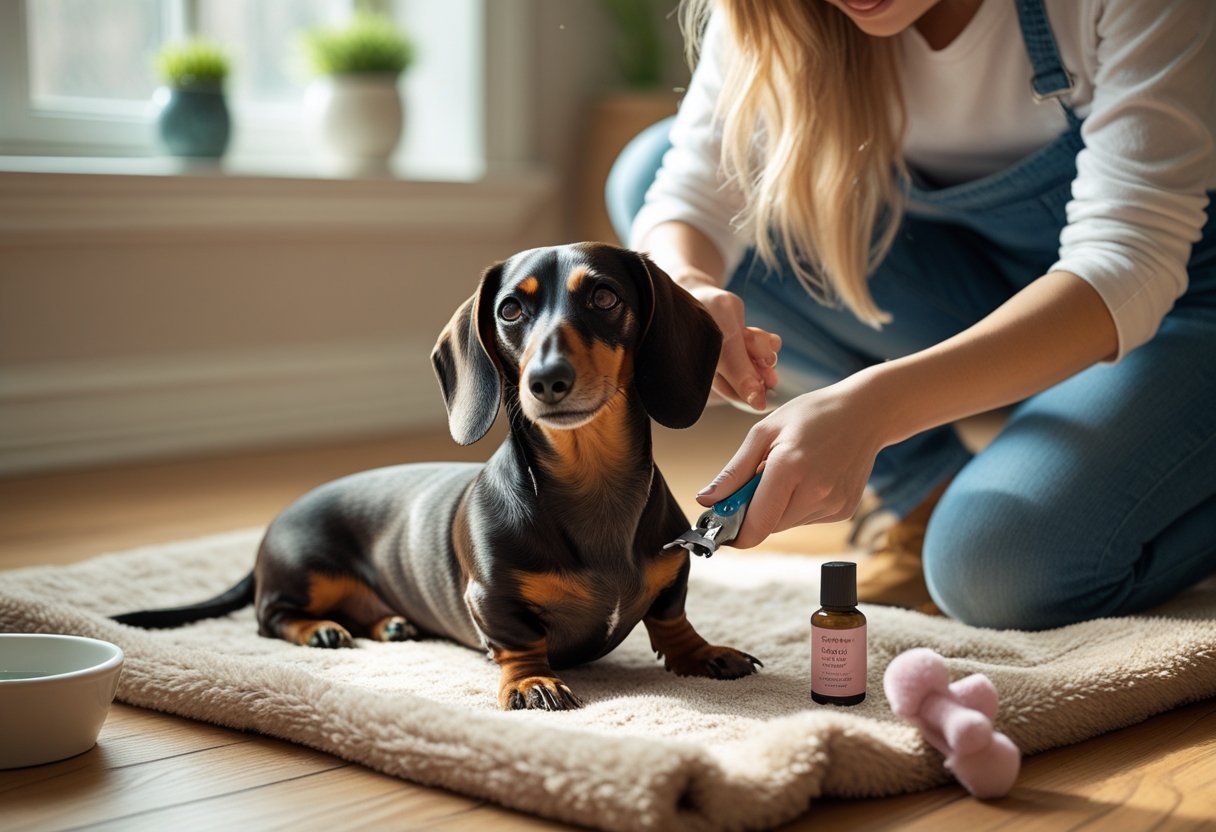Long haired dachshund grooming is essential to keep that silky coat looking its best. A long haired dachshund’s coat looks beautiful, but it needs special care to stay that way. To keep your dachshund’s coat smooth and healthy, you’ll want the right tools and a simple grooming routine. 🧼
Spending a little time each week helps prevent knots, tangles, and mats. It’s worth it—trust me. ✨
Dachshunds get stressed if you rush or skip steps, so go slow and stay patient. Grooming also gives you a chance to check for skin problems or signs of shedding. 🧼
Your dachshund will look and feel better with clean fur and healthy skin. A little effort goes a long way. 🐾
Key Takeaways ✅
- Regular brushing prevents mats and keeps coats shiny 🧴
- Use gentle tools and create a calm experience 🧘
- Watch for shedding and skin issues during grooming 🔍
- Stay consistent with weekly grooming for best results 🗓️
- Choose safe, pet-friendly products for sensitive skin 🌿
🐾 Free Dachshund Care Guide
Download our free checklist to ensure your Dachshund stays happy, healthy, and well-loved!
Get Your Free Guide 🐶Understanding Long Haired Dachshund Coats
Long haired Dachshunds have a soft, elegant coat that needs regular care. Their fur is different from other types, so your grooming routine has to fit their unique needs. 🐶
Unique Coat Characteristics 🧴
Long haired Dachshunds have a double coat. The undercoat feels soft, while the outer layer grows longer and looks a bit wavy. ✨
This outer coat gives them that signature silky look. You’ll notice longer hair on the chest, ears, belly, and tail. 🐾
Their fine coat tangles and mats easily, especially behind the ears and under the legs. There’s more feathering on their limbs and tail than on smooth or wirehaired types. 🪢
Key points to remember: ✅
- Fine hair knots easily 🔗
- Needs frequent brushing 🪥
- Grows quickly on ears, chest, and legs ✂️
Daily brushing helps keep fur smooth. Use a soft-bristled brush or a comb for best results. 🧼
Focus on problem spots like behind the ears and along the belly. Don’t forget those! 📍

Shedding Patterns and Seasonal Changes 🍂
Long haired Dachshunds shed, but maybe not as much as you’d guess. Shedding ramps up in spring and fall, thanks to seasonal coat changes. 🐾
During these times, you’ll probably spot more loose hairs around the house. It’s just part of the deal. 🧺
Shedding facts: ✅
- Heaviest in spring and fall 🍁
- Lighter in summer and winter ☀️
- Stress or poor health can cause extra shedding 🚨
Brush your dog more often during high-shedding seasons to remove loose hair. This cuts down on mats and keeps their coat looking neat. 🧹
Feeding your dog a good diet helps lessen excessive shedding. Healthy dogs shed less—simple as that. 🥦
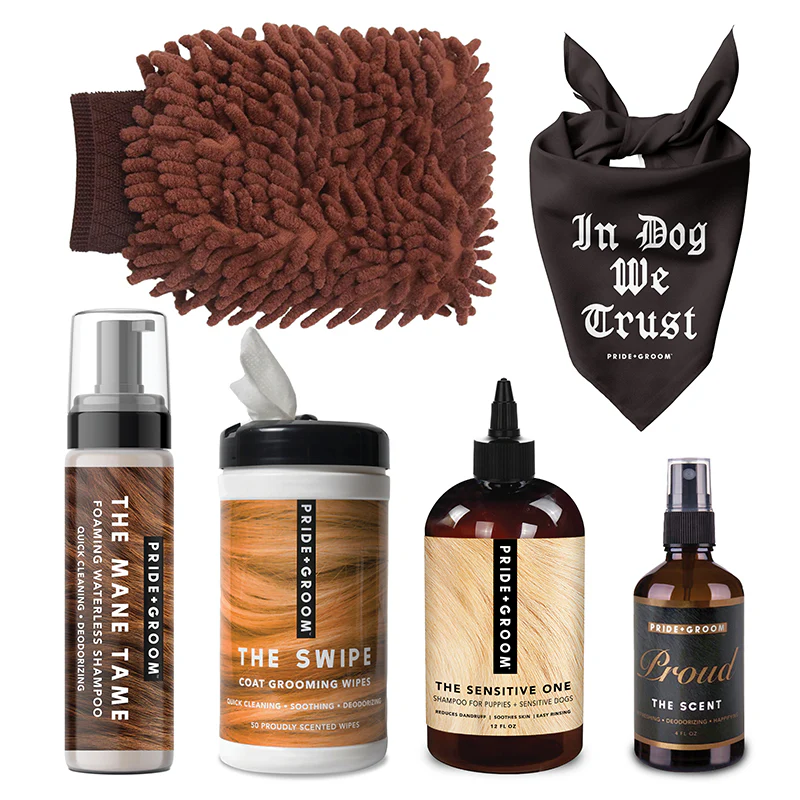
🧴 Pride + Groom Grooming Kit – Complete Coat Care for Long-Haired Doxies
This elegant grooming set includes shampoo, conditioner, and finishing spray to keep your Dachshund’s coat clean, silky, and fresh.
- ✅ Specially formulated for sensitive skin
- ✅ Luxurious natural ingredients for softness
- ✅ Keeps long coats shiny and tangle-free
Common Coat Health Issues 🧼
Your Dachshund’s long coat is prone to a few problems. Mats and tangles form fast if you skip brushing. 🪢
Dirt and debris love to stick to the long hair on their belly and paws after walks. It’s a hassle, but it comes with the territory. 🚶

Other coat issues include: ✅
- Dry, flaky skin ❄️
- Oily buildup on the fur 🛢️
- Flea or tick infestations hiding in thick hair 🐛
- Hot spots caused by trapped moisture 💧
Watch for these signs: 🔍
| Problem | Signs |
|---|---|
| Mats/Tangles | Lumps, tight fur 🪢 |
| Dry Skin | Flaking, scratching ❄️ |
| Oily Fur | Greasy feel, dull coat 🛢️ |
| Fleas/Ticks | Itching, biting, redness 🐛 |
Grooming regularly helps you avoid most of these problems. Always check for parasites and keep the coat clean and dry, especially after outdoor adventures. 🧽
Use a gentle dog shampoo to avoid irritating the skin under all that long hair. It really makes a difference. 🧴
Essential Grooming Tools
Keeping your long haired dachshund’s coat silky and clean calls for the right tools. Well-chosen brushes, gentle shampoos, and a few extras make grooming easier for both of you. 🧴🐶
Best Brushes for Long Haired Dachshunds 🪮✨
Long haired dachshunds shed and develop mats easily. The best brushes for these pups include: 🐾
- Slicker brush: Removes tangles and loose fur without hurting the skin. 🧼
- Pin brush: Soft, rounded bristles smooth the topcoat and add shine. ✨
- Comb: Fine-tooth or metal combs work out mats, especially behind the ears and under the legs. 🪢
Brush your dachshund several times a week, if not every day. Focus on the chest, ears, belly, and tail—those spots mat up fast. 📍
Use gentle pressure to avoid scratching their skin. Regular brushing keeps painful knots away and reduces shedding around your home. 🛋️

Recommended Shampoos and Conditioners 🧴🧼
Pick shampoos and conditioners made for dogs with sensitive skin. Go for products labeled “gentle,” “for long coats,” or “hypoallergenic.” 🐕
Avoid anything with harsh chemicals or heavy scents. Your dog’s nose (and skin) will thank you. 🚫🌸
Some solid options: ✅
- Oatmeal-based shampoos: Soothe skin and leave fur soft. 🌾
- Moisturizing dog conditioners: Add shine and make brushing easier. 💧
- Tear-free formulas: Safe near your dog’s head and face. 🧼
After shampooing, use conditioner to keep fur smooth and help prevent tangles. Rinse everything out well to avoid skin irritation. 🛁
Bathe your dachshund every 4–6 weeks unless they get dirty more often. Don’t overdo it—too many baths can dry out their skin. 🗓️.
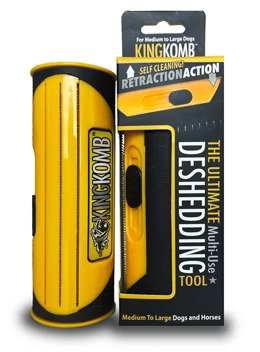
🖌️ King Kanine Deshedding Tool – Gentle Grooming, Maximum Fur Control
Remove excess fur and prevent mats with this ergonomic deshedding brush, designed for long coats like your Doxie’s.
- ✅ Stainless steel edge glides through fur effortlessly
- ✅ Reduces shedding and promotes a sleek coat
- ✅ Gentle on skin, even for sensitive pups

Other Helpful Grooming Supplies 🧰🐕
Besides brushes and shampoos, a few extra tools make life easier: 🪥
| Tool | Purpose |
|---|---|
| Nail clippers or grinder | Trim nails to prevent discomfort ✂️ |
| Grooming scissors | Trim fur around paws and tail 🐾 |
| Detangling spray | Loosens matted fur for easier brushing 🪢 |
| Towels | Drying off after a bath 🛁 |
High-quality supplies help you avoid accidents and keep grooming sessions safe. Always check for signs of skin problems while you groom. 🔍
If you notice anything weird—redness, bumps, whatever—call your vet for advice. Better safe than sorry. 📞👩⚕️
Daily and Weekly Brushing Routine

Long haired Dachshunds need regular brushing to keep their coats smooth and free of mats. Frequent grooming helps control shedding and keeps your dog looking tidy. 🧼🐾
Brushing a Doxie Long Hair 🪥
Use a slicker brush or a pin brush made for long-haired breeds. Try to brush your Dachshund every day, or at least three to four times a week. 🐶
Start at the head and work down toward the tail, brushing gently in the direction the hair grows. Take your time—rushing only leads to tangles and grumpy dogs. ✨
Pay extra attention to the ears, chest, and legs. These spots get tangled fast. Brush small sections at a time, and repeat on both sides. 📍
Check under the collar, behind the ears, and around the armpits for knots or loose fur. Daily brushing means less hair on your couch and floors. 🛋️
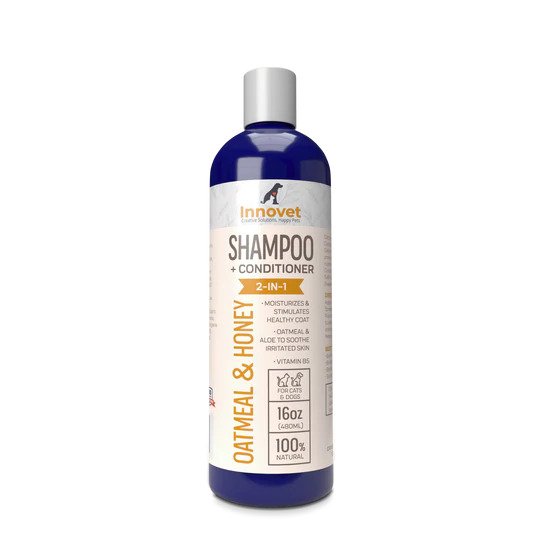
🧼 Innovet Oatmeal Shampoo
- ✅ Soothes dry, itchy skin with gentle ingredients
- ✅ Great for sensitive long-haired Dachshunds
- ✅ Tearless and naturally scented
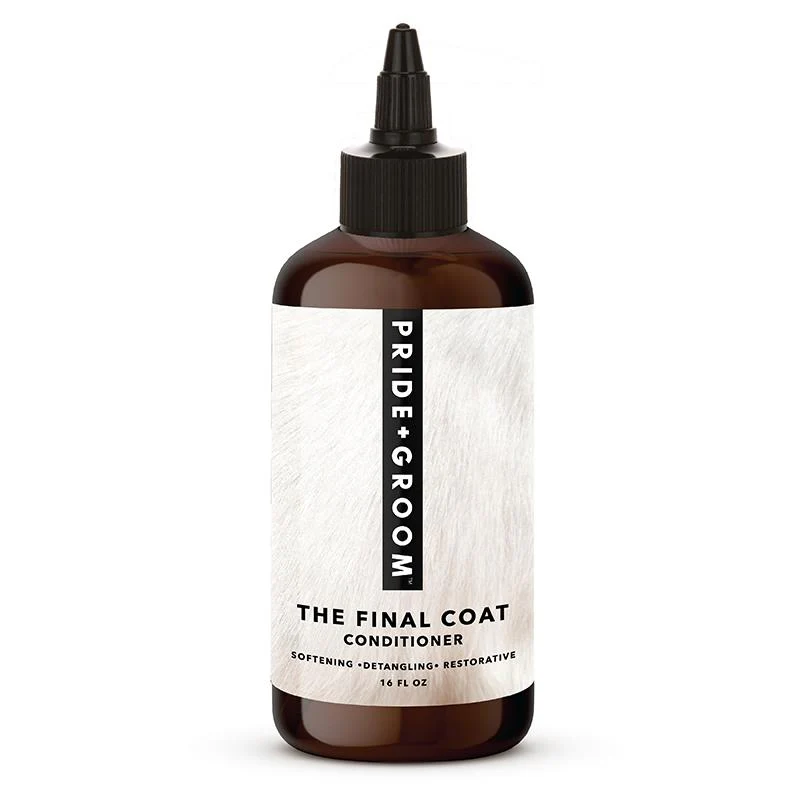
✨ Pride + Groom Conditioner
- ✅ Deep hydration for silky soft coats
- ✅ Makes detangling easier post-bath
- ✅ Beautifully scented and all-natural
Dealing with Tangles and Matting 🪢
Long-haired Dachshunds can get tangles fast, especially after outdoor play. If you find a knot, don’t yank or pull—it hurts! 🚫

🎉 Grab your free Dachshund care checklist!
Hold the hair above the tangle with one hand to avoid tugging the skin. Use a wide-toothed comb to gently loosen the mat, starting at the tip and working toward the base. 🪮
Don’t use scissors to cut out mats. It’s way too easy to nick the skin by accident. If a mat is too tight or big, call a professional groomer for help. ✂️📞
Detangling Spray and Techniques 💧
A detangling spray made for dogs helps make brushing easier. Lightly mist it over tangled or rough spots before you start combing. 🌿
This helps prevent hair breakage and makes the brush glide through the fur. For tough tangles, use your fingers first to separate loose hair, then switch to a comb or brush. 👌
Always use sprays with gentle, pet-safe ingredients. You can even make a simple detangling spray at home with water and a bit of leave-in dog conditioner. 🧴
Dry or brittle coats benefit most from conditioning products. Regular use of detangling spray keeps your Dachshund’s long coat soft and manageable. ✨
Bathing Your Long Haired Dachshund

Regular bathing keeps your Dachshund’s coat clean and removes dirt. It also helps prevent mats from forming. 🧼
The right schedule, setup, and drying method make bath days easier and keep long hair soft. 🐾
How Often to Bathe 🛁
Bathe your long haired Dachshund about once a month. Bathing too often dries out the skin and strips natural oils from the coat. 🧴
If your dog gets really dirty or is super active, you can bathe them more often, but always use a gentle, dog-safe shampoo. For skin issues or allergies, ask your vet before starting a bathing routine. 📋
Between baths, regular brushing removes loose hair and dirt. This cuts down on extra baths and keeps the coat tangle-free. 🪮
Puppies and elderly Dachshunds might need a different bathing schedule. If your dog spends lots of time outside or has health problems, adjust as your vet recommends. 👶👴
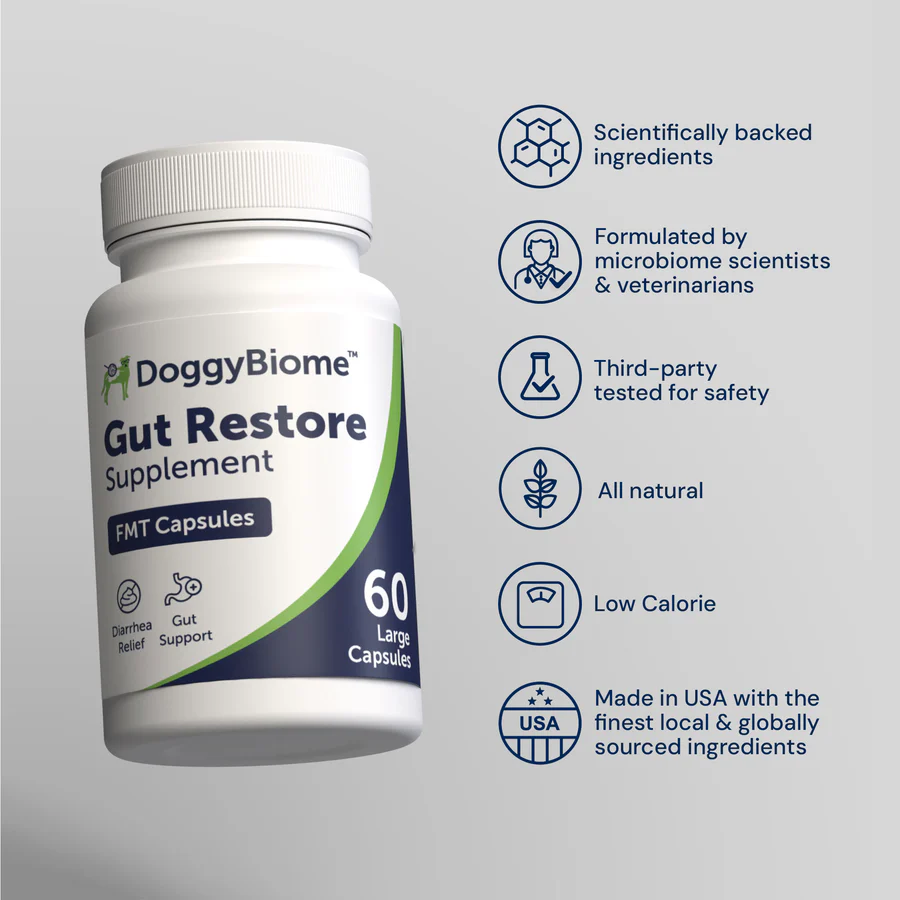
🔬 AnimalBiome Skin Health Kit
- ✅ Restores healthy skin microbiome
- ✅ Targets recurring itching or dryness
- ✅ Backed by veterinary science
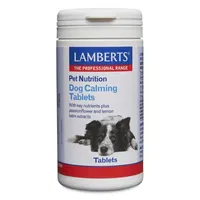
🍪 BudgetPetCare Skin Treats
- ✅ Chewable skin + coat health supplements
- ✅ Great taste, easy to give daily
- ✅ Supports coat shine and reduces shedding
Bath Time Preparation 🧽
Get everything ready before you even think about turning on the water. Grab your dog shampoo, conditioner if your pup needs it, towels, a non-slip mat, a brush, and some treats for bribery. 🎒
Brush your Dachshund’s coat first. This gets rid of tangles and loose hair, making the bath smoother for both of you. 🪢
Use lukewarm water—nothing too hot or cold. Place the mat in your tub or sink so your dog won’t slip and slide all over the place. 🚿

Wet your dog’s coat completely. Gently lather the shampoo from neck to tail, but steer clear of the eyes, ears, and nose. 👃
Rinse well to get rid of all the soap. Leftover shampoo can make your dog itchy, and nobody wants that. 🧼
If the coat feels dry or tangled, you can use conditioner. Rinse again until the water runs totally clear. 💧
Best Drying Methods 🌬️
Drying your long haired Dachshund the right way matters if you want to prevent tangles. Wrap your dog in a towel and press gently—don’t rub, or you’ll end up with mats. 🐶
Switch towels if the first one gets soaked. Your pup will thank you for it. 🧺
If your dog’s okay with noise, use a blow dryer on a cool or low setting. Hold it at least six inches away and keep it moving, so you don’t scorch their skin. 🔄
Brush gently as you dry to separate the hair and stop tangles before they start. For air drying, let your dog hang out in a warm, draft-free room. 🌡️
Brush the coat every ten minutes while it dries. Don’t leave your dog wet for too long—getting chilled or developing skin issues isn’t worth it. ⏱️
Trimming and Clipping Essentials

Long haired dachshunds really do need regular trims. Focus on delicate spots like the paws, tail, ears, and face to keep mats and discomfort at bay. ✂️🐾
Safe Paw and Tail Trims 🐶
Trimming around the paws is key for comfort and hygiene. Use rounded-tip scissors or pet clippers to snip hair growing between the paw pads. 🧽
This keeps dirt and debris from getting trapped and causing irritation. Hold each paw gently but securely and trim just the hair that sticks out past the pads. ✋
Stay away from cutting too close to the skin. That hurts—nobody wants that. 🚫
For the tail, brush out any tangles with a metal comb. Trim from the base toward the tip, following the tail’s natural shape. 🪮
You’re not aiming for a skinny tail, just a tidy one without mats. 🧼
Quick Tips: ✅
- Trim monthly or as needed. 🗓️
- Check for mats before you trim. 🔍
- Reward calm behavior with treats. 🍖

👨🍳 ChefPaw Fresh Food Maker
- ✅ Make healthy meals at home with ease
- ✅ Perfect for dogs with food sensitivities
- ✅ Say goodbye to preservatives and fillers

🍽️ Petlibro Automatic Feeder
- ✅ Keeps mealtimes consistent—even when you’re busy
- ✅ Helps avoid overfeeding or missed meals
- ✅ Great for pups with sensitive routines
Maintaining Ear and Facial Hair 🧴
Long ear hair is a magnet for moisture and can lead to ear problems. Comb through the ear hair gently and trim the ends with blunt scissors. 💧
Keep the edges neat, but don’t get too close to the ear itself. Pay attention to the hair around the eyes and mouth, too—it collects food and dirt like nobody’s business. 👁️👄
Use small scissors or grooming shears to trim hair so it doesn’t block vision or irritate the skin. Snip away stray strands that stick out, but don’t cut actual whiskers. ✂️
Do: ✅
- Use treats to keep your dog still.
- Clean ears before trimming. 🧼
- Trim every 3–4 weeks. ⏱️
Don’t: ❌
- Use sharp scissors near sensitive spots. ⚠️
- Pull or tug at tangles—work them out gently first. 🪢
Managing Shedding and Seasonal Care

Long-haired Dachshunds shed all year, but it gets serious when the seasons change. Grooming helps your dog stay comfortable and keeps your home from turning into a fur zone. 🐶🧹
Reducing Excessive Shedding 🧴
Shedding is just part of life with a long-haired Dachshund, but you can manage it. Brush with a slicker brush or shedding comb 2–3 times a week to pull out loose fur and stop tangles. 🪮
During heavy shedding, daily brushing makes a big difference. Feed a balanced diet with plenty of omega-3 and omega-6 fatty acids—these support skin and coat health and can help with shedding. 🐟
If you notice more fur than usual, check for fleas, dry skin, or allergies. Sometimes it’s a health thing, not just normal shedding. 🩺
Quick tips: ✅
- Brush often 🪥
- Use quality dog shampoo 🧼
- Offer plenty of water 💧
- See a vet if shedding gets out of hand 📞
📍 Tractive GPS Tracker
- ✅ Real-time location tracking
- ✅ Peace of mind during walks and outdoor play
- ✅ Lightweight and perfect for small breeds

🎥 Petcube Cam 360
- ✅ Monitor your Dachshund from anywhere
- ✅ Talk and hear through two-way audio
- ✅ Easy setup with app integration
Changes in Coat During Different Seasons 🍂
Your Dachshund’s coat seems to have a mind of its own when the weather changes. In spring and fall, expect heavier shedding as your dog’s body adjusts to the new temperatures. 🌦️
You’ll probably see more fur on your floors during these times. Winter brings dry air that can make skin and fur brittle, so try a humidifier and don’t overdo the baths. ❄️
In summer, keep an eye out for sunburn, especially on lighter fur patches. Keep your Dachshund out of harsh sunlight for long stretches if you can. ☀️
Seasonal care checklist: 📋
- Spring/Fall: Brush more often 🧽
- Winter: Moisturize skin, add humidity indoors 🌬️
- Summer: Offer shade and water often 🏖️
Maintaining Skin and Coat Health

A healthy coat has a lot to do with what your dog eats and how you handle skin issues. Smart choices with diet, supplements, and routines can really make a difference in how your long haired dachshund looks and feels. 🐶✨
Diet and Supplements for a Silky Coat 🐟
Nutrition matters—a lot. Choose high-quality dog food with meat as the main ingredient. 🥩
Foods rich in omega-3 and omega-6 fatty acids help reduce shedding and add shine. Salmon, flaxseed, and fish oil are great sources. 🐾
Supplements can help, too. Ask your vet about adding fish oil, coconut oil, or vitamin E to meals. Start with small amounts and watch for changes. 🧴
Always measure supplements to avoid overdoing it. Make sure there’s fresh water out all day—hydration keeps skin moist and fur from drying out. 💧
If you spot dandruff or dullness, take another look at your dog’s food. Sometimes low-quality kibble is the culprit. ❌

🛏️ Majestic Pet Orthopedic Bed
- Luxurious support for post-groom relaxation
- Soft, durable fabric that minimizes coat matting
- Machine washable — perfect for shedding control

🩺 The Swiftest Pet Insurance
- Compare trusted insurance plans in minutes
- Protect your Doxie from grooming-related vet bills
- Peace of mind knowing your pup is covered year-round
Identifying Allergies and Skin Irritation 🧼
If your dachshund scratches, licks, or chews a lot, pay attention. Dry, flaky skin and red patches mean something’s up. 🚨
Bathe only with gentle, dog-safe shampoos and rinse thoroughly. Check for fleas, ticks, and other pests with a flea comb. 🐛
If symptoms linger or get worse, call your vet for advice and a treatment plan. Don’t wait too long on this stuff. 📞
Ensuring a Positive Grooming Experience

Establishing a Calm Routine 🛁
Start grooming when your Dachshund is young, or as soon as you can. Regular, gentle handling gets them used to it. 🐾
Pick a quiet spot and set aside a specific time for grooming. Routines help your dog feel safe. 🕰️
Offer treats or praise before, during, and after grooming. That way, grooming feels like a good thing, not a punishment. 🍖
Talk in a calm voice and move slowly. If your dog gets anxious, pause for a bit and let them settle down. 💞
Letting your dog sniff the brush or tools first can help with nerves. It’s not foolproof, but it often helps. 🪮
Quick Tips for the Best Routine: ✅
- Brush daily to prevent tangles. 🧼
- Keep sessions short, maybe 10–15 minutes. ⏱️
- Watch for stress signals like trembling or whining. 😟
🧡 Long-Haired Grooming Essentials for Silky, Tangle-Free Coats
- 🌱 Wild Earth Vegan Dog Food — Wholesome, plant-based nutrition that supports coat health, reduces skin irritation, and promotes natural shine from within.
- 💧 Petlibro Water Fountain — Keep your long-haired Doxie hydrated before and after grooming; steady hydration helps skin and coat stay soft and less prone to tangles.
- 🪜 Majestic Pet Stairs — Help your Doxie safely reach grooming tables or couches post-bath without straining their back or legs.
- 🧴 Coastal Pet Grooming Tools — Gentle brushes and grooming tools to detangle, remove loose hair, and finish coats without irritating skin.

Professional Grooming vs. At-Home Care ✂️
Should you go pro or do it yourself? It depends on your comfort, your dog’s needs, and your schedule. 📅
At-Home Care:
You can brush, bathe, and trim nails at home with the right tools like a slicker brush and dog-safe shampoo. Home grooming gives you a chance to bond and spot issues early. 🧽
Professional Grooming:
A pro groomer can handle haircuts, deep cleaning, and tricky trims. They’re also used to working with anxious dogs or tough mats. 🧴
| At-Home Care | Professional Grooming |
|---|---|
| Lower cost 💰 | More expensive 💸 |
| Flexible schedule 🕐 | Requires appointments 📆 |
| Bond with your dog 🐕 | Access to expert care 👩⚕️ |
| DIY skill needed 🧰 | Suitable for complex needs 🧼 |
Tip: You might want to mix it up—brush at home, then book a pro for the tricky stuff. 🔄
Troubleshooting Common Grooming Challenges

Grooming a long haired Dachshund isn’t always easy. Anxiety and coat damage can pop up, and knowing how to handle those moments makes all the difference. 🐾
Coping with a Nervous or Resistant Dachshund 🧘♂️
Lots of long haired Dachshunds get anxious during grooming. If your pup links brushes or baths with stress, you can try positive reinforcement. 🍖
Hand out treats, offer gentle praise, or bring out a favorite toy before, during, and after grooming. Sometimes, just that little extra encouragement helps. 🎾
Pick a quiet, safe spot for grooming. Speak calmly, and keep your movements slow and gentle. 🛋️
Start brushing for just 5 to 10 minutes at first. Gradually add more time as your dog relaxes. ⏱️
If your dog squirms or pulls away, pause for a bit. Reassure them, then try again later. 💞
With really stressed dogs, you might need to call in a professional groomer. Sometimes, a chat with your vet about extra steps is the way to go. 📞👩⚕️
Quick tips: ✅
- Brush after playtime when your dog’s already tired out 🐕
- Pick a brush your dog actually likes 🪮
- Skip sudden moves and loud noises 🚫
💛 Gentle Essentials to Keep Grooming Stress-Free & Joyful
- 🎽 Embark Pet Adventure Harness – Comfortable, no-pull design for safe walks before or after grooming sessions.
- 💧 Innovet PurCBD Oil – Natural, plant-based calm support to ease your Dachshund’s anxiety during grooming or drying time.
- 🧬 AnimalBiome Gut Health Kit – Promote balanced digestion that enhances coat health and reduces skin irritation.
- 👕 Dog is Good Apparel – Fun, dog-lover gear that shows off your Doxie pride while you groom or walk your pup.
- 🎨 Purr & Mutt Personalized Dachshund Art – A charming keepsake to celebrate your long-haired Dachshund’s beauty and personality.
🐾 Show your Dachshund extra love by pairing calm care with meaningful grooming moments.

Preventing Coat Damage ✂️
Long fur tangles and mats in no time, especially if you brush too hard or rush things. Grab a soft-bristle slicker brush or a wide-tooth comb for the job. 🧴
Start brushing at the tips and work up slowly. That way, you won’t tug or pull. 🪢
Check spots like behind the ears, under the legs, and around the tail for mats. If you spot a tangle, gently work it out with your fingers before you reach for the brush. 👌
Never use scissors near the skin to cut out mats. It’s just not worth the risk of injury. ⚠️
Keep the coat healthy by bathing your dog every 4–6 weeks with a gentle dog shampoo. Too many baths? That’ll dry out their skin. 🛁
After a bath, dry your Dachshund well. Brush out any tangles right away, while the fur’s still soft. 💨
Main points to remember: 🧼
- Brush regularly, ideally every other day 🗓️
- Stick with gentle tools made for long coats 🪥
- Trim fur carefully if you need to, so mats don’t form ✂️
- Don’t rush—go slow and you’ll avoid breaking hair 🐶
🐾 Don’t Miss Out!
Download our free Dachshund care guide to keep your furry friend happy and healthy.
Get Your Free Guide 🐶Frequently Asked Questions

Grooming your Long Haired Dachshund keeps their coat smooth and free of mats. The right grooming tools make things easier for both you and your dog. 🐾🧼
How often should I groom my Long Haired Dachshund to maintain a silky coat? 🪮
Brush your dog at least three to four times a week. That’s usually enough to stop tangles and mats from popping up. ✨
Bathe your Dachshund every 4–6 weeks, or when they get dirty. Regular brushing keeps the coat soft, too. 🛁
What are effective grooming techniques for Long Haired Dachshund haircut styles? ✂️
Trim the fur on the feet, behind the ears, and tail to keep things tidy. Use thinning shears or blunt-end scissors so you don’t accidentally nick them. ⚠️
The legs and underbelly tangle fast, so pay extra attention there. Always trim slowly—no need to rush. 🐕
Which grooming tools are recommended for a Long Haired Dachshund’s coat care? 🧰
A slicker brush works for tangles and loose hair. Use a metal comb to find knots and smooth everything out. 🪢
Thinning shears help with thick spots. During shedding season, a grooming rake can pull out dead undercoat. 🐶
Can you provide some tips for keeping my Long Haired Dachshund’s coat shiny? ✨
Feed your dog a balanced diet with plenty of fatty acids like omega-3s. Regular brushing spreads the natural oils and adds shine. 🐟
Skip harsh shampoos. Always rinse out all the shampoo after baths to prevent buildup. 💧
What are common grooming challenges for Long Haired Dachshunds and how to address them? 🔍
Long fur behind the ears, on the chest, and legs mats up fast. Check these areas every day and gently work out tangles as you find them. 🧴
If you hit a tough mat, try detangling spray or get help from a groomer. Keep nails trimmed so they don’t snag on anything. ✂️
Are there any specific grooming styles suitable for Miniature Long Haired Dachshunds? 🐕
Miniature Long Haired Dachshunds really shine with a natural look. Just keep their fur trimmed—not shaved. 🚫
I usually tidy up their paws, ears, and tail so they stay neat. Regular trims around the feet and, well, the potty area definitely make life easier. ✂️
It’s important to leave enough length to protect their skin, though. You don’t want to go too short. 🧘



